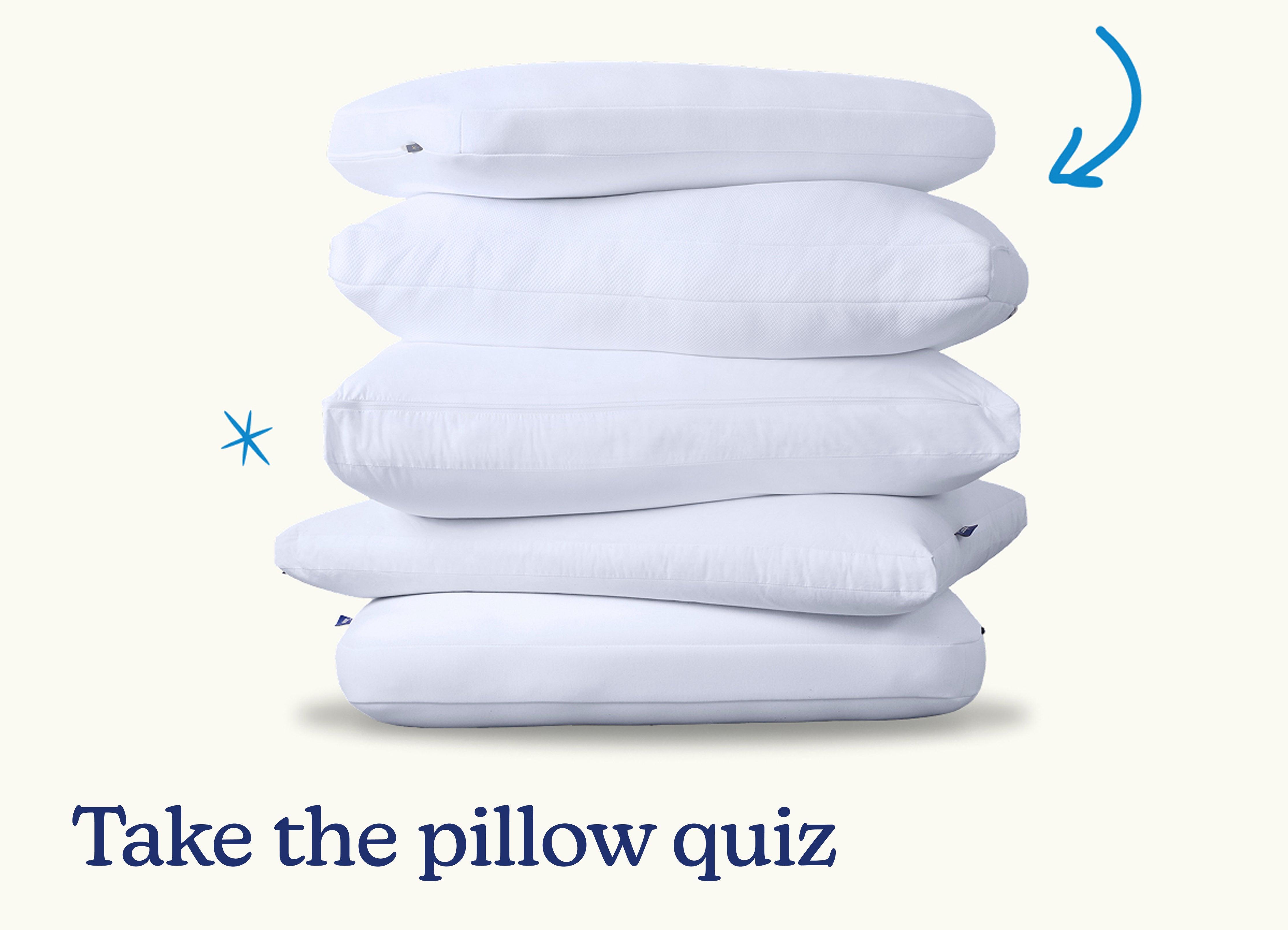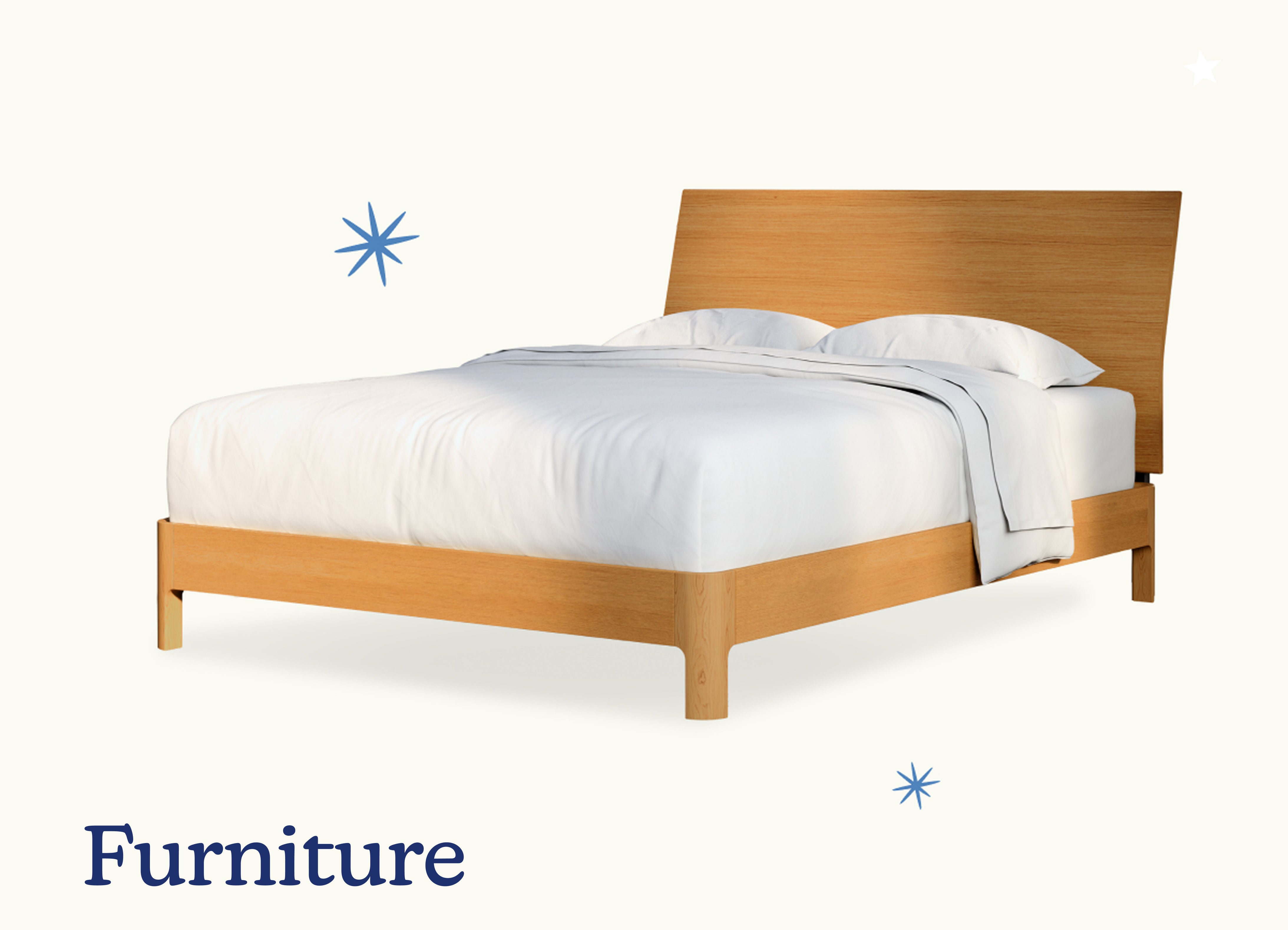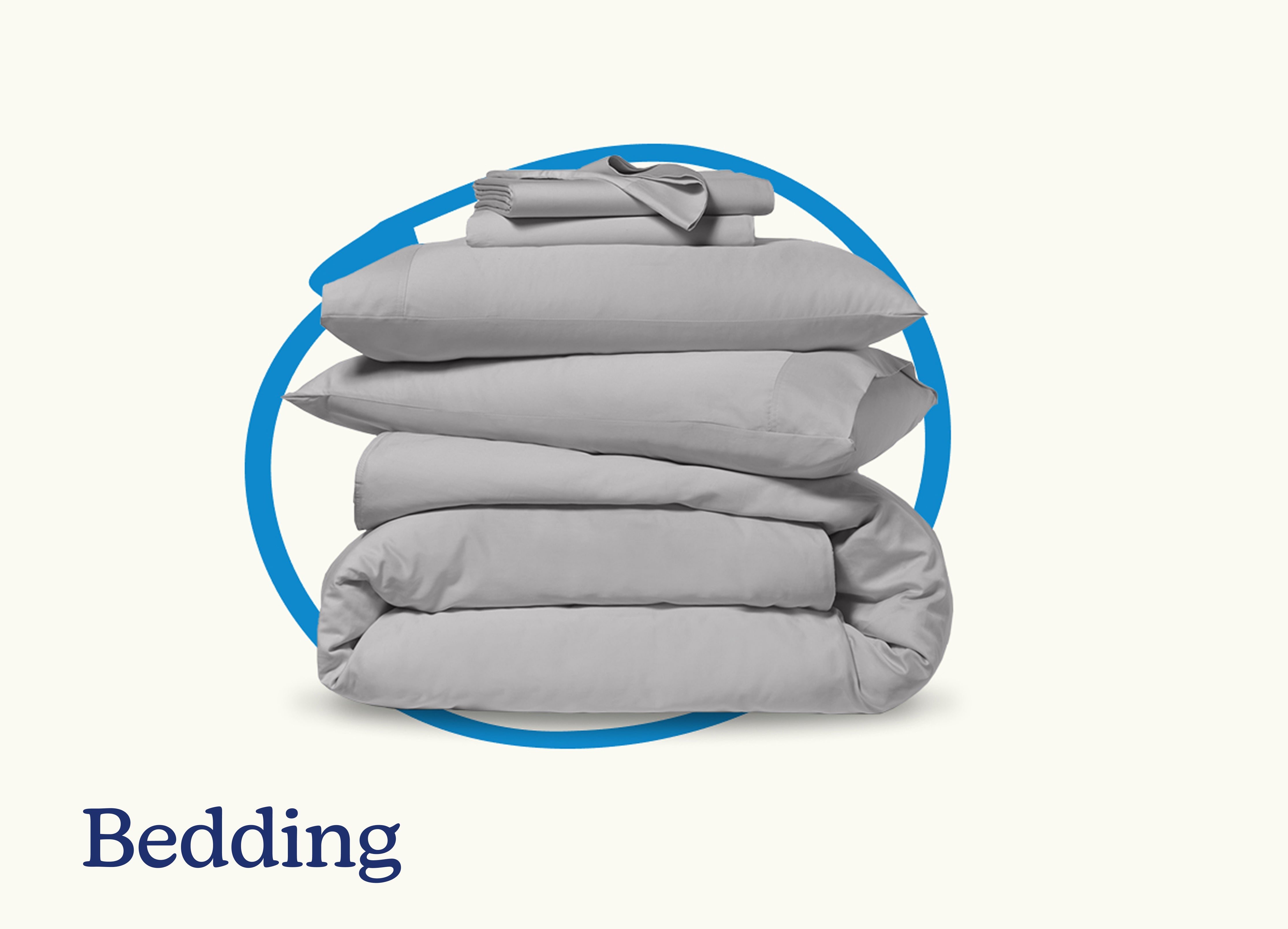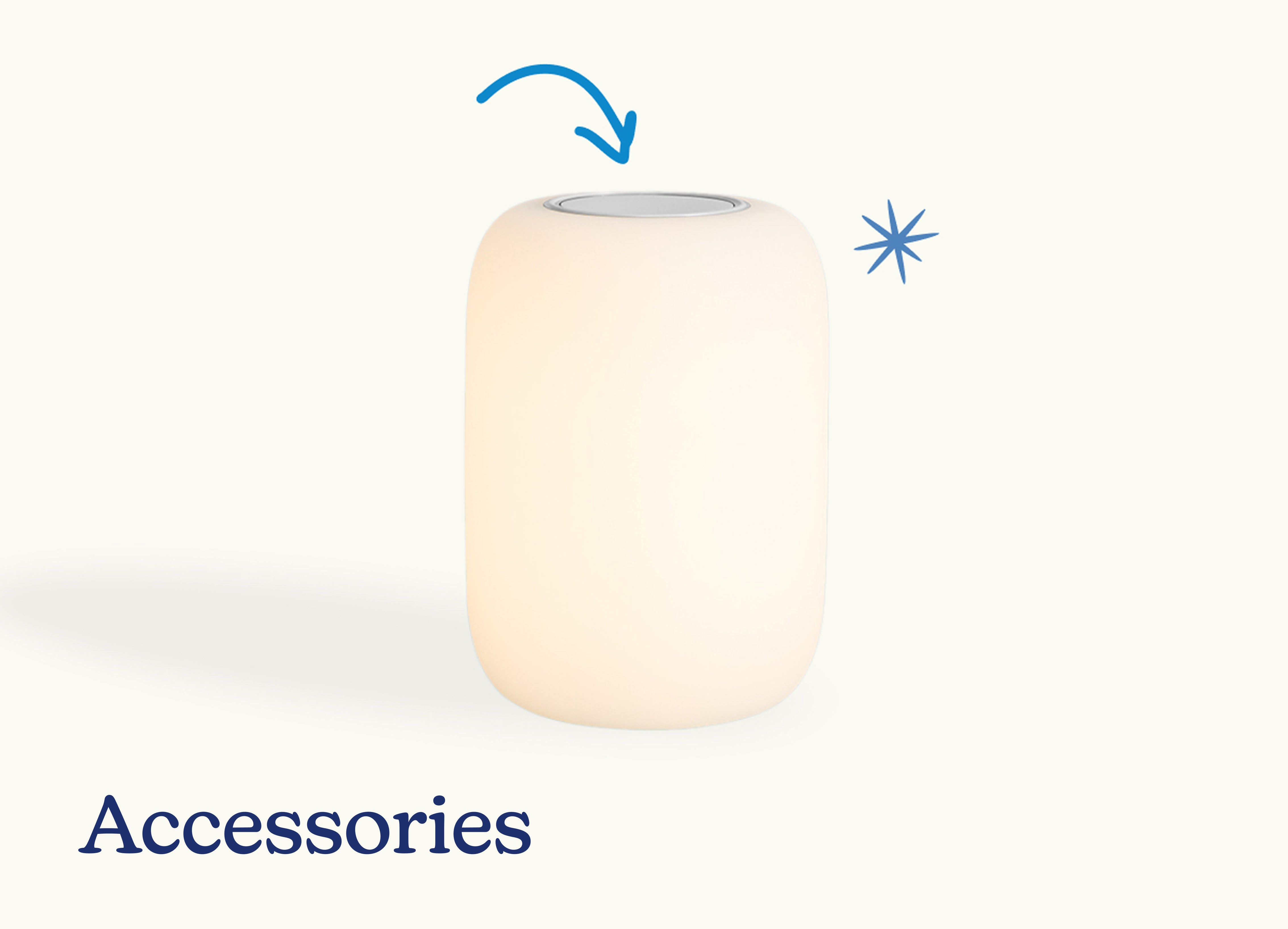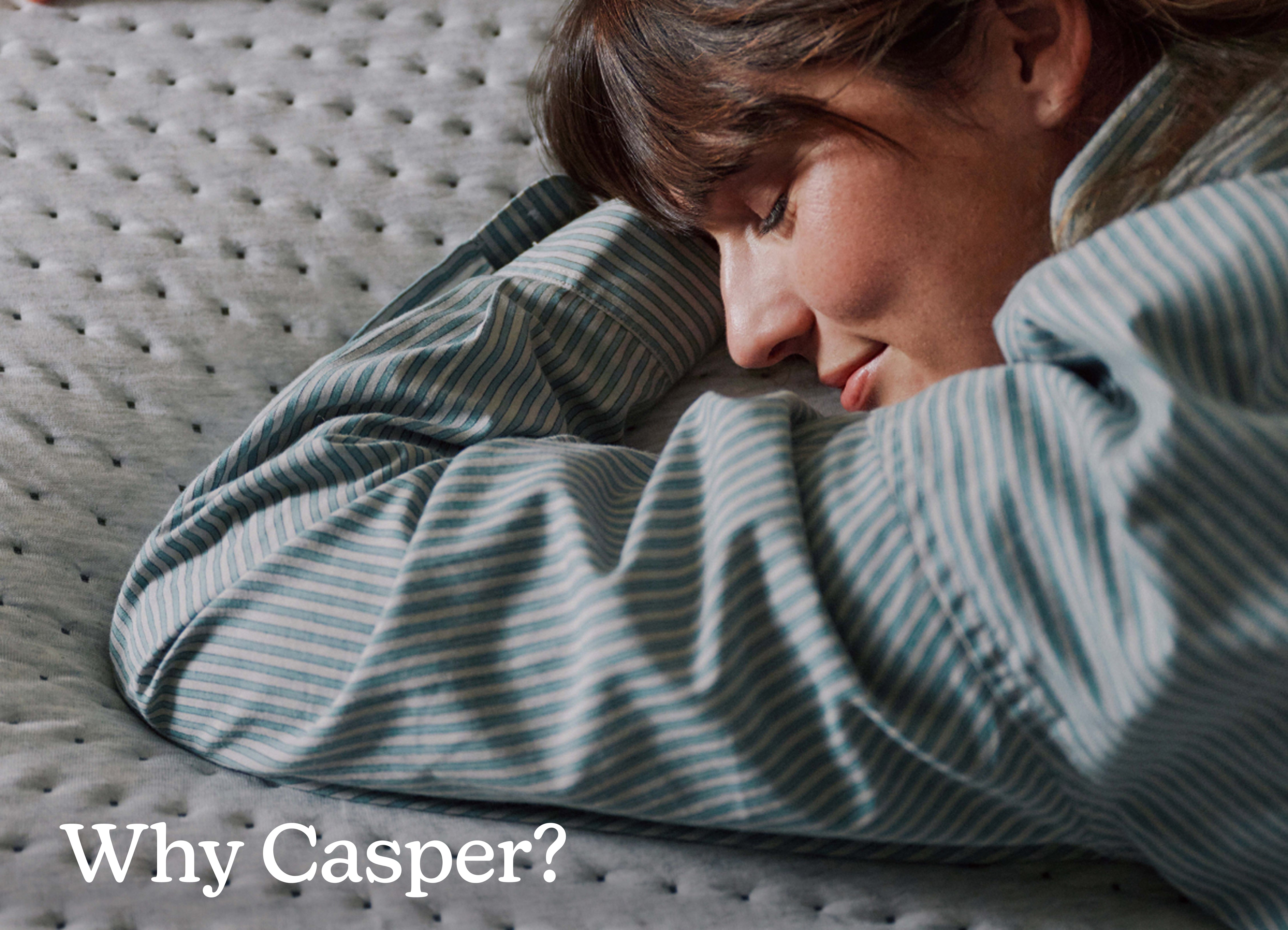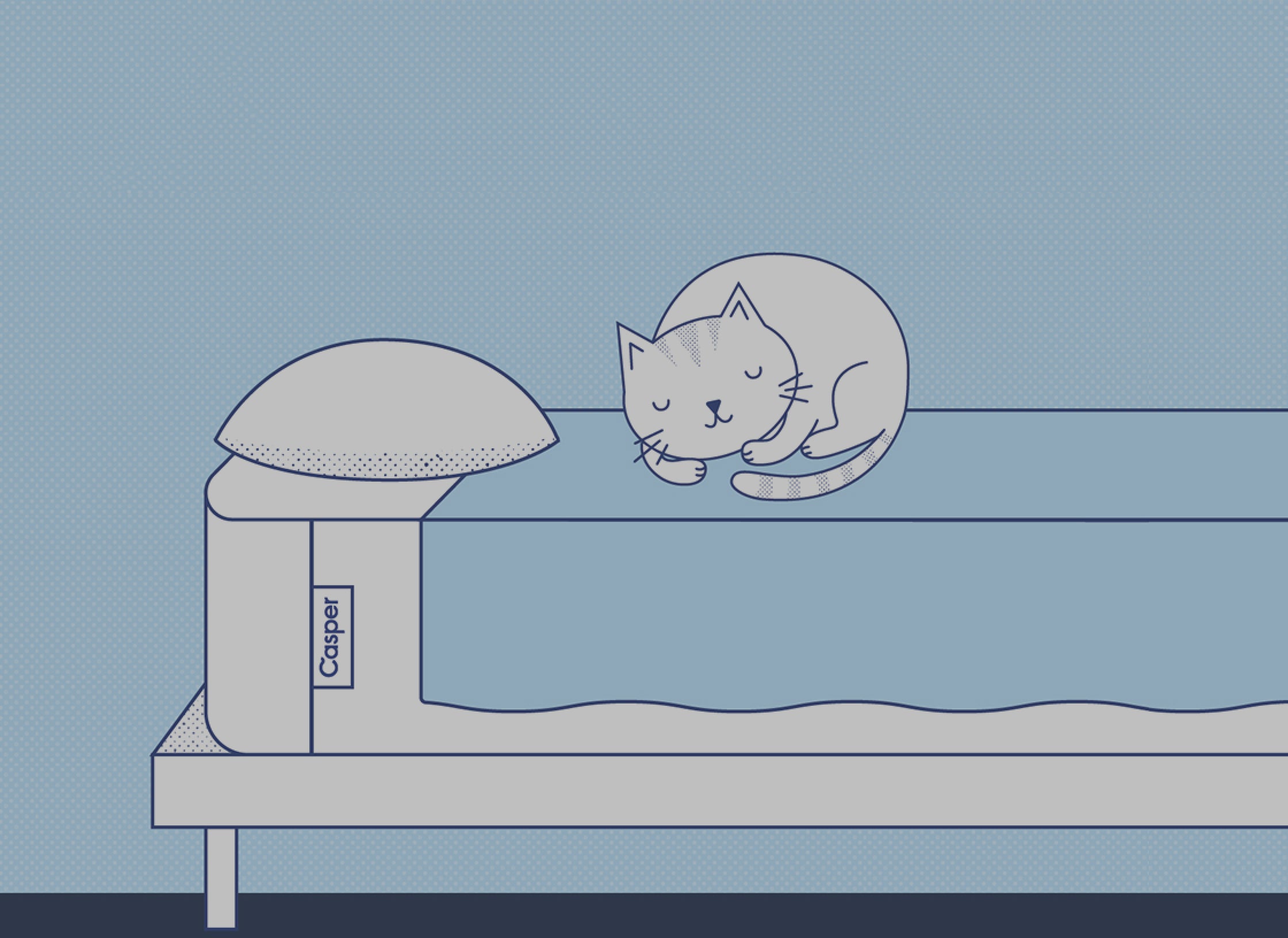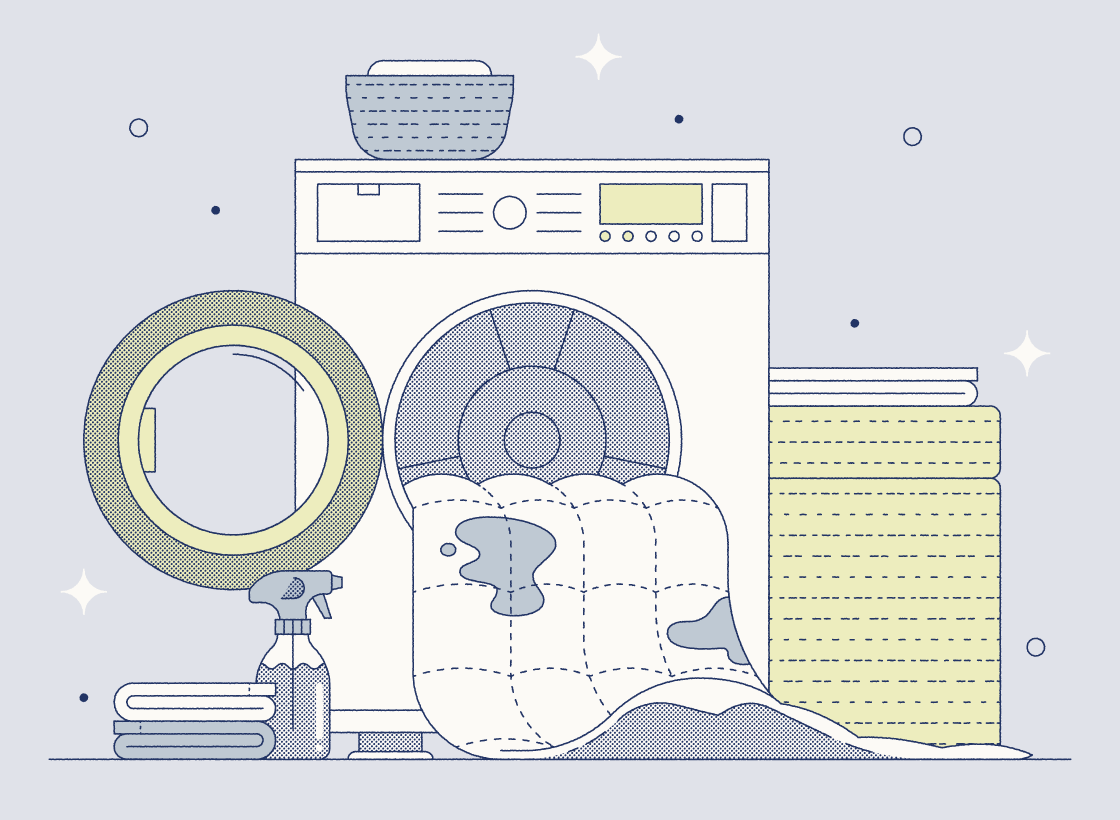Updated 9/25/2025
Sleeping on the floor may improve posture, circulation, and help you stay cool, but it can also cause discomfort, worsen allergies, or lead to restless nights. If you try it, ease in gradually, use proper support, and choose a position that keeps your spine aligned — or consider a firmer mattress for similar benefits without the downsides.
People slept on the floor for thousands of years — it’s only relatively recently that sleeping on mattresses became common. But even with so many types of mattresses to choose from, some people still choose to sleep on the floor.
While there isn’t much data to support the benefits of sleeping on the floor, some people provide anecdotal evidence that sleeping on the floor can help with back pain, posture, and temperature regulation.
Although some people tout the benefits of floor sleeping, you might want to consider using a firmer mattress instead. Keep reading to learn about sleeping on the floor and whether you should avoid it.
Benefits of Sleeping On the Floor

Is sleeping on the floor good for you? Some floor sleepers anecdotally cite the health benefits of sleeping on the floor as a significant reason for their choice to forego a mattress, but you can decide for yourself whether you want to sleep on the floor or not.
Can Provide Short-Term Back Pain Relief (Not a Long-Term Fix!)
If your current mattress sags, the floor’s firmness may reduce that “hammock” effect and you might feel more supported at first. However, most bodies need contouring; removing it trades sink for pressure and can lead to spinal misalignment over time. Upgrading to a medium-firm, supportive mattress (or adding a firm topper) addresses the root cause without the downsides of sleeping on the ground.
Can Keep You Cool
Since heat rises, sleeping lower to the ground means you might sleep a few degrees cooler. Ideally, the best temperature for sleep is between 60 to 67 degrees Fahrenheit, but if you tend to sleep hot or cold, you might want to adjust the temperature based on that.
However, with the advanced technology of cooling mattresses that are designed with perforations to regulate your temperature, you can sleep cool on a mattress, without the need to sleep on the floor.
Space Efficiency and Minimalism
For those embracing minimalist living, floor sleeping eliminates the need for bulky bed frames and mattresses, maximizing living space. This approach allows rooms to serve multiple purposes throughout the day and appeals to those seeking simpler lifestyles.
Disadvantages of Sleeping On the Floor

Although humans spent much of history sleeping on the floor, there’s a reason that we invented mattresses and haven’t looked back. There are some significant disadvantages of sleeping on the floor that you should consider.
Can Be Uncomfortable
One of the most obvious drawbacks of sleeping on the floor is how uncomfortable it can be. When you’re used to a cozy mattress, switching to sleeping on the floor can feel like an unwanted camping trip that just keeps going.
With the lack of cushioning on the floor, you might be up counting sheep more often than you’d like. While some report soothing benefits of sleeping on the floor, it may not be worth the soreness.
Can Compromise Spinal Alignment, Worsening Back Pain
Despite the idea that a flat, firm surface “corrects posture,” floor sleeping often shifts load onto bony pressure points and encourages subtle twisting that pulls the spine out of neutral. It isn’t better than a too-soft mattress—again, you’re typically swapping sink for pressure. A well-supported mattress that cushions pressure points while maintaining spinal alignment is the more reliable path.
Can Compromise Blood Circulation
Sleeping on a hard, non-contouring surface prevents even weight distribution. Pressure concentrates at the shoulders and hips, compressing soft tissue and blood vessels—often causing “pins and needles,” numbness, or a “dead” arm/leg; in some cases, circulation can be temporarily cut off. If you want a firmer feel without pressure buildup, choose a supportive, pressure-relieving mattress (or add a firm topper) that disperses load more evenly. If you have circulation concerns, check with a clinician before changing your setup.
Can Worsen Allergies
If you suffer from bedroom allergies, sleeping on the floor may not be the best idea. Your floor takes a lot of wear and tear, collecting dust, dirt, mites, and skin cells throughout the day that can lead to allergies at night.
People who consistently sleep on the floor may see an increase in these symptoms:
- Itchy, watery eyes
- Rashes
- Sneezing and runny noses
- Coughing or difficulty breathing
If you’re going to sleep on the floor, be sure to consistently dust and vacuum your bedroom and consider investing in a dehumidifier or air filter to trap allergens, mold, and mildew.
Can Be Cold for Chilly Sleepers
While it can be advantageous during the hot summer months, sleeping on the floor during the winter means you might be too cold for comfort, leading to disrupted, restless sleep. You may also be more susceptible to catching a cold from the chill. If you’re wondering how to stay cool at night in a hot room, opt for an elevated bed which improves airflow.
Can Lead to Restless Nights
Sleeping on the floor can take time to adjust to; some people may never get used to it. If you want to increase deep sleep, consider taking a look at your bedtime habits before making the change to the floor.
Who Should Not Be Floor Sleeping

While some people rave about the benefits of sleeping on the floor, there are certain groups that it may not be recommended for.
- Pregnant women or new mothers: While there is some debate about sleeping on the floor while pregnant, it can be harder to get down and stand back up. If you’re wondering how to sleep while pregnant, take floor sleeping off the list and check out our blog.
- Seniors: As we age, our bones and immune systems grow weaker. Older adults are more likely to find floor sleeping uncomfortable and are at greater risk of getting sick from sleeping on the ground.
- People with limited mobility: Those with limited mobility may find it challenging to get down to the floor and back up, especially right after waking.
- People with blood circulation issues: The chillier temperatures from sleeping on the floor can be harmful to people with blood circulation issues like anemia and diabetes.
How to Sleep On the Floor

If you’re going to sleep on the floor, you should follow the proper steps so your body can adjust to the new sleeping environment.
- Find the right sleeping spot: Before your first night on the floor, you should prepare your sleeping spot to be calm and clutter-free.
- Ease into it: Gradually shift to sleeping on the floor by starting with layers of blankets, a mat, or sleeping bag before sleeping directly on the floor.
- Use the right pillow: When sleeping on the floor, you don’t want a pillow that’s too elevated, or it can move your neck out of alignment. You’ll want a type of pillow that’s on the slimmer side so you don’t strain your neck.
- Try different sleeping positions: Try lying on your back with a thin pillow under your head and another under your knees for spinal alignment, or sleep on your side with a pillow between your knees to reduce hip and back strain. Avoid stomach sleeping at first, as it can put extra pressure on your neck and lower back.
- Give it time: You might want to start floor sleeping in short intervals of 2–3 hours before going back to your bed. If you don’t see the benefits of sleeping on the floor, you may want to invest in a new mattress that’s designed for plush comfort without sacrificing support.
Sleeping on the Floor for Back Sleepers
Sleeping on your back is the best position for floor sleeping. Your spine is naturally much more aligned on your back than on your side, and the greater surface area allows your weight to be distributed more evenly across your body.
If you’re a back sleeper, consider adding a small pillow under your knees to alleviate pressure on your lower back when sleeping on the floor.
Sleeping on the Floor for Side Sleepers
Nearly three in four people are side sleepers — but sleeping on the floor is not recommended for people who like to doze in this position. Side sleepers should be cautious about sleeping on the floor since the firm foundation can put your spine in an uncomfortable position, meaning you might wake up feeling sore.
If you want to try sleeping on the floor, you should use some cushion or padding to help support your body. A mattress pad is an excellent option for side sleepers to support and reduce pressure on your spine.
Sleeping on the Floor for Stomach Sleepers
Sleeping on your stomach commonly results in spinal discomfort from putting your back and neck in an uncomfortable position at night. However, some stomach sleepers have anecdotally stated that sleeping on the floor reduces the adverse effects of stomach sleeping. If you’re a stomach sleeper, try using a slim pillow to minimize neck strain while sleeping on the floor.
Sleeping on the Floor vs. Floor Sleeping With a Mattress
Now, can you put your mattress on the floor? While floor sleeping with a mattress can be much more comfortable than floor sleeping directly on the ground, it’s important to understand the benefits of each. Sleeping directly on the floor is more affordable and has the benefit of being more mobile, but it can be difficult for some sleepers to adapt to sleeping on the ground.
Floor sleeping with a mattress is an alternative option that gives you the benefit of a cushioned mattress. However, it can also inhibit airflow and increase the risk of bed bugs or mites in your mattress — not to mention that it can also violate some mattress warranties.
Go the Mattress Route with Casper
It’s tough to conclude whether sleeping on the floor is good for you or not since sleep needs and preferences greatly vary from person to person. Some may find it beneficial to sleep on the floor for short periods of time, or enjoy the feeling of a sleeping mat, but if you’re waking up feeling sore or uncomfortable, it may be worth considering a foam or hybrid mattress. Whether you tend to sleep hot and are looking for a cool night’s sleep, or need the additional support of the Dream Max (endorsed by the American Chiropractic Association), Casper has a mattress for you.



